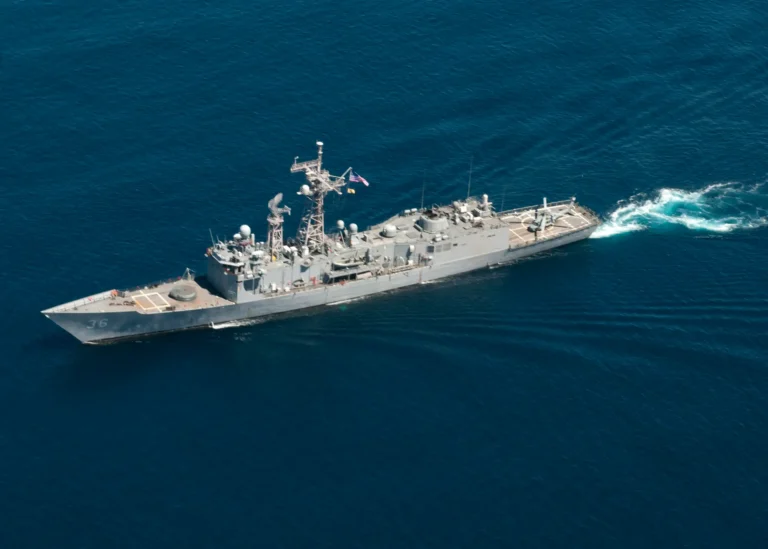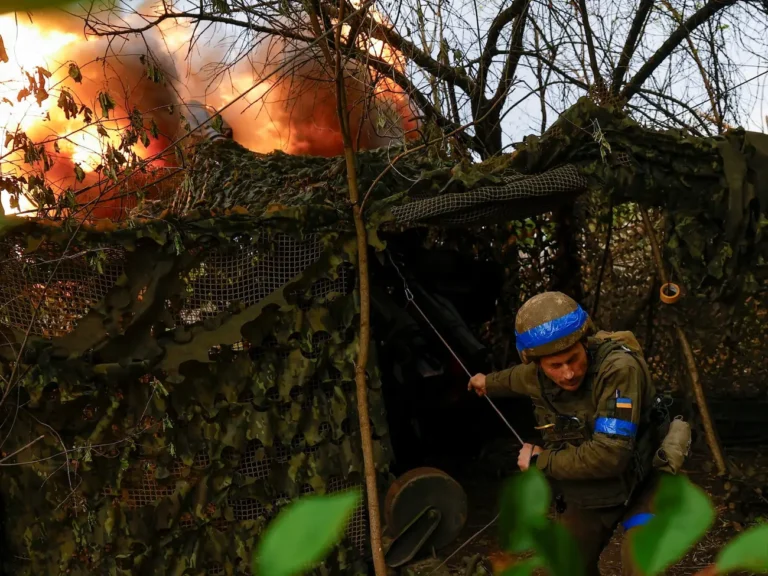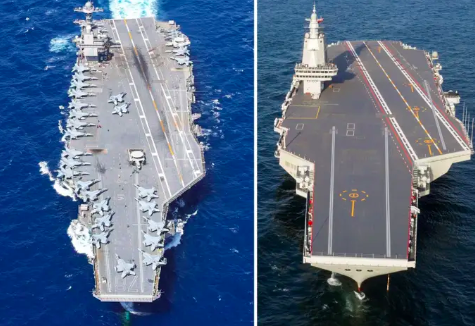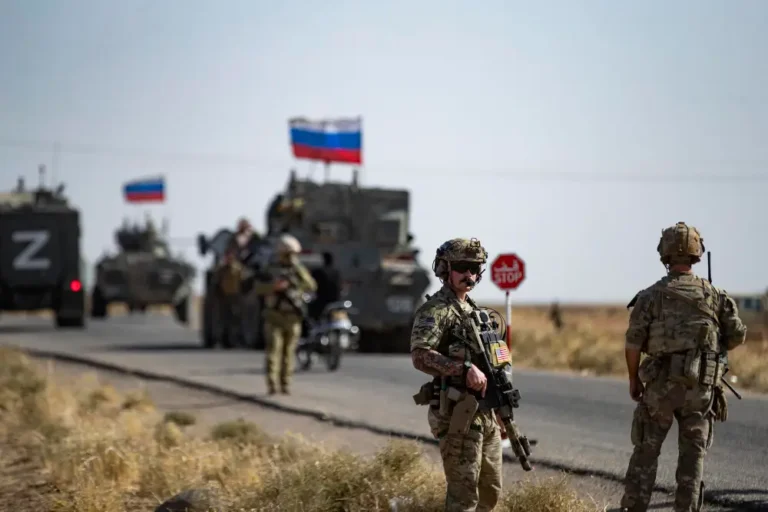Ukrainian troops fighting on Russian soil have an advantage they’ve never had in this war
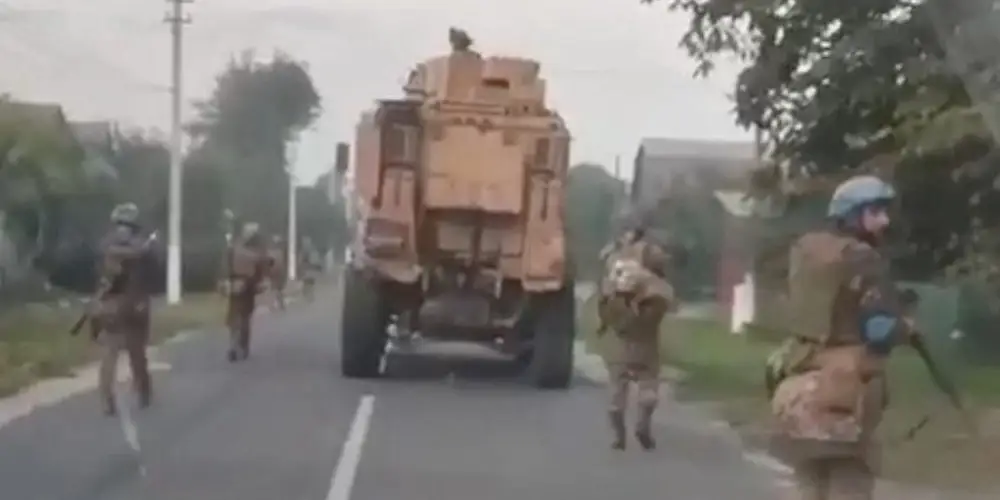
This screengrab from a video released in August shows members of the Ukrainian military in Russia’s Kursk region.
Ukrainian troops fighting on Russian soil have a kind of flexibility in combat that they haven’t had before in this war.
Ukrainian forces surged into the southwestern Russian region of Kursk in August, and at the peak of the incursion, they held about 500 square miles. Russia has taken back some territory, but the Ukrainians still hold ground inside.
Ukraine’s fight against Russia’s invasion had, prior to the Kursk incursion, taken place exclusively on Ukrainian soil, its long-range drone strikes on military facilities and oil refineries and Black Sea battles aside.
Though there are certain advantages to fighting in your home country, the desire to defend as much as possible hinders the ability to be brutally strategic in combat, conflict experts told B-17.
Michael Bohnert, a warfare expert at the RAND Corporation, said Ukraine’s advantage in Kursk is that “they don’t have to defend any of those cities” because they’re Russian. “You just fight where it’s advantageous and pull back when it’s not. And that’s a really efficient way of fighting,” he said.
A new advantage
Fighting at home, Ukraine’s forces have clung to some cities fiercely, battling the Russians for them until they have no other choice but to fall back. Bakhmut is one example, but there have been others as Ukraine focuses its efforts on defending as much territory as possible.
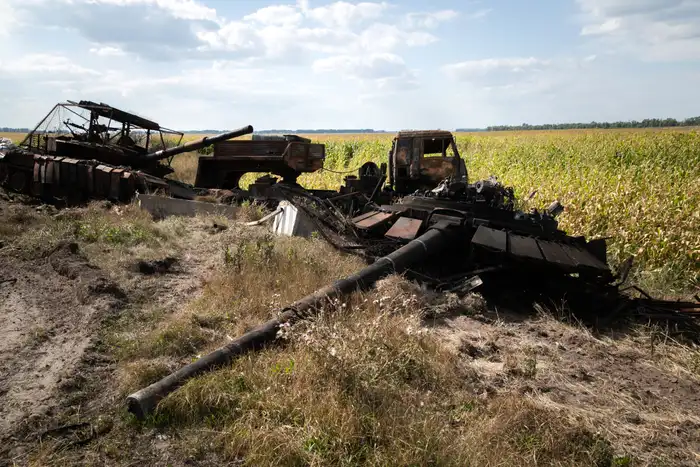
Destroyed Russian military vehicles on the outskirts of Sudzha in the Kursk region.
Russia’s invasion of Ukraine has been an unusual one, at least as far as major wars go, in that it has largely taken place on only one country’s soil, which has put Ukraine at a big disadvantage and often left its troops stuck.
But that’s no longer the case.
The Ukrainian city of Bakhmut in September 2023.
Inside Kursk, Bohnert said, “they can just take advantage of the terrain, fight in the most efficient way possible, and ultimately they can leave” if they need to protect their forces or equipment or pursue some other objective. And they can do so without repercussions, which isn’t the case inside Ukraine, he added.
He said of settlements in Kursk that “they’re not Ukrainian towns, so they can choose to fight and defend from the most advantageous positions so they can make fortifications,” continuing: “If you’re outnumbered, just pull back to the next one.”
Russia is advancing and taking back territory in Kursk, and it’s unclear how Ukraine will ultimately fare against its forces there.
William Alberque, a warfare expert at the Stimson Center, said that Russia was so far taking “the easy parts to take back” and that “they’ll have a much harder time with the rest of the Ukrainian salient.”
“It’s very easy now for Ukraine to do some sort of fighting retreats and cede territory that they could never legitimately hold,” he said.
Bohnert said that “it’s going to be very costly for the Russians to take back” because Ukraine can now “pick when and where they defend.”
Ukraine has signaled that its Kursk operations are aimed at seizing territory it could trade in negotiations, but there are other advantages to the fighting there.
Matthew Savill, a military-strategy expert at the Royal United Services Institute think tank who was formerly an intelligence analyst at the UK Ministry of Defence, previously told B-17 that a Ukrainian motivation to hold territory in Kursk might be the idea that “if they set themselves up in a strong defense, they can effectively bleed the Russians.”
Alberque said that in Kursk, Ukraine could ask itself: “Where can we actually defend? What are the good places to really fight the Russians?” He said Ukraine could create “kill zones” and “traps to slow Russia down,” adding: “They don’t have to defend the entire salient.”
Less need to defend
Looming over Ukraine’s military at home is the threat that Russia will keep any territory they capture indefinitely.
Russia has been holding territory like Crimea since 2014, while Russian-backed separatists have been trying to tighten their grip in the Donbas. Russia has already declared that area a part of its sovereign territory and clearly intends to keep it.
But Ukraine doesn’t need to worry about what happens to the territory they give up in Russia, and that allows it to approach war in this area differently. It’s unclear to what extent Ukraine is taking advantage of the possibility, but it’s there.
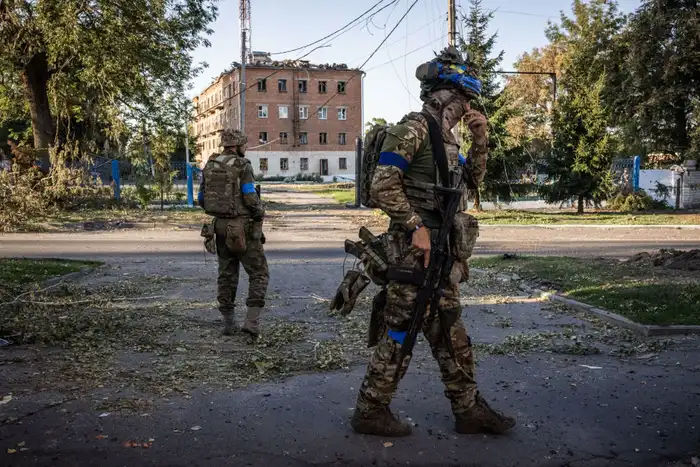
Ukrainian soldiers in the Ukrainian-controlled city of Sudzha in the Kursk region.
“It’s a huge operational advantage for a commander, where you don’t have to draw any lines in the sand,” Alberque said.
He said that when choosing where to defend in Ukraine, Ukrainian forces were “not only looking at terrain,” adding: “They’re not only looking at defendable positions, but they’re also looking at the symbolism of different villages that are Ukrainian, that have Ukrainian citizens, that have deep, deep roots in Ukrainian history,”
“The demoralization of losing a Ukrainian village is entirely different than giving up a Russian village that the Ukrainians don’t care about at all,” Alberque said.
In contrast, in eastern Ukraine, where the war has been focused, “Ukraine really has to feel the pain of surrendering a village that they had retaken from the Russians, or a historic location that Russian forces haven’t been to before, or something like that,” he said.
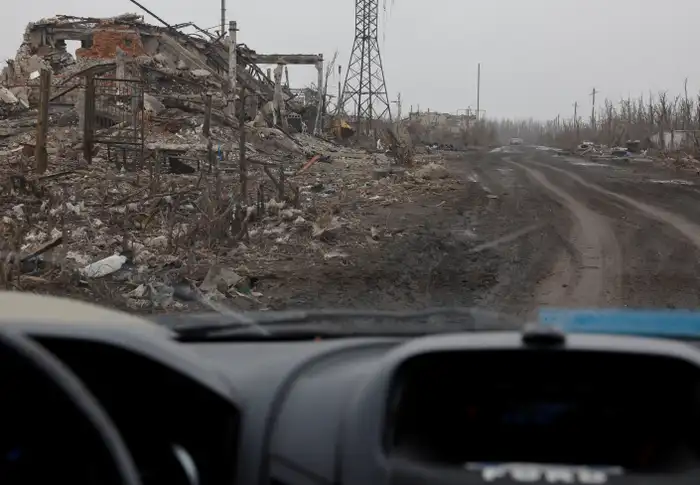
Destroyed buildings in the Ukrainian village of Avdiivka in March.
Ukraine is now fighting on someone else’s territory, giving Ukrainian commanders more freedom to design the fight based on what it actually needs, Alberque said, unlike back home, “where every single inch of territory lost is a dagger into the heart of all Ukrainian.”

